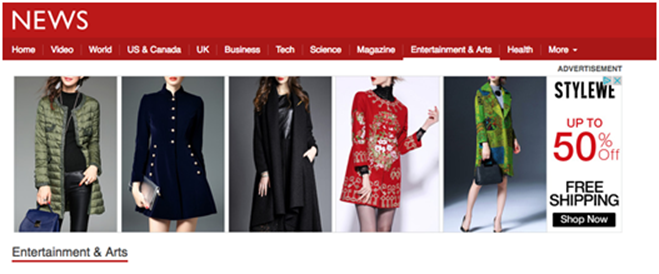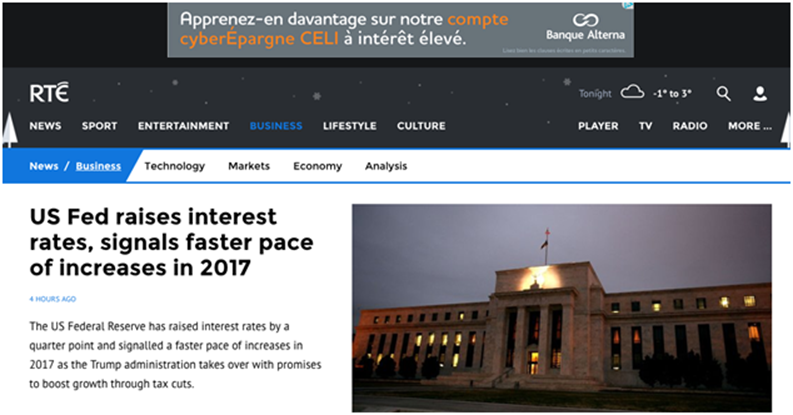Why Ad Blockers Are Good For The PPC Industry

For decades, the concept behind advertising has remained relatively lateral: A singular message, to a wide scope audience as many times as possible. While the evolution of Paid Search, Social Media and Programmatic Advertising has provided us with treasure chests of data and segmented audiences to target, advertisers have struggled to move into a modern mindset and use technology to its advantage.
Over the last couple of years, the Ad blocking trend has accelerated and has become a significant threat to both publishers and advertisers alike. Millenials, are the biggest adopters. A Moz and Fractl Study in 2015 found that 63% of this key demographic are using an ad blocker. This makes the future look bleak for advertisers, considering Millenial buying power is expected to more than double in the next 4 years.
The reason that the adoption rate of ad blockers is so high, should not be surprising. Many users find that much of the advertising that they are exposed to are irrelevant, intrusive and have a major impact on the user experience due to their slow load times.
Let’s take a look at the following examples.

This ad takes up 1/3 of the page above the fold and loaded significantly slower than the rest of the page. It also, is not heavily targeted towards me, a 28 year old who has little interest in women’s fashion.
The next one is completely out left field. An ad, in French, being shown on an Irish news site, being served in Washington State.

As someone who works in the paid search industry, and knows that sometimes every impression will not be perfect or aimed at the right person, ads do not annoy me. In fact, they fascinate me, the good, the bad and the really, really ugly. However, to the average consumer, these ads become tiresome, especially as the move to mobile increases even further and people are be charged for expensive data usage as these ads load and render.
So, what can we as digital advertisers do to stop the bleeding, slow the adoption of ad blockers and rejuvenate the online advertising industry as a whole. The answer is simple, develop better strategies and make better ads. Consumers are ok with ads. In fact, a Hubspot study showed that, in an effort to keep the majority of content free online, 68% of people are ok with seeing ads, as long as they are not annoying or irrelevant.
How to Make Better Ads
1. Utilize Data
Know how to segment and utilize all the remarketing data your website and CRMs can offer. By knowing how your users interact with your products and services, you will be able to deliver highly targeted messaging directly to an engaged audience.
Also look at the potential that 2nd and 3rd Party Behavioral Data Vendors can provide. This will help improve your targeting to a prospecting audience while still remaining relevant.
2. Be Channel Specific
Every digital channel is going to respond to the content presented to them in very different ways. Learn how to tailor your strategy, to fit the behavior of the audience. Utilizing your consumer behavior data to tell a story as a user comes through the funnel is a great way of remaining relevant.
3. Keep it Simple
While ads can be beautiful, they don’t have to be in your face take-overs that take half of a person’s mobile data in a single page load. They just have to get the message across and let the user that you are there, waiting, for when they are ready to engage.
4. Know Your Customers
Do you know the reach and frequency needed for optimal conversion rates, or how long your average sales cycle is? Use it your advantage! Set frequency caps, short or longer audience windows, adjust bids at the optimum time periods. Be the most relevant when it matters the most, not when the consideration period is over.
To sum it up… User Experience is king, at every stage of the customer journey. All customers want is to see ads that make sense to them. Nothing More, nothing less. It should not be this hard. This is what marketing and advertising is supposed to do. Reach the right audience, with the right message. It is on us, as advertisers to deliver that perfect experience to every customer as best as we can.



